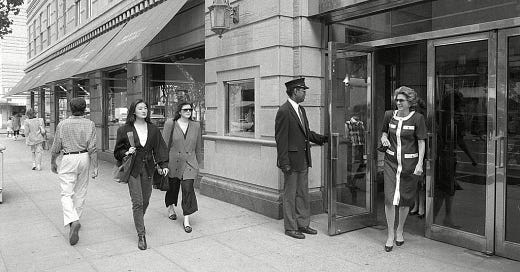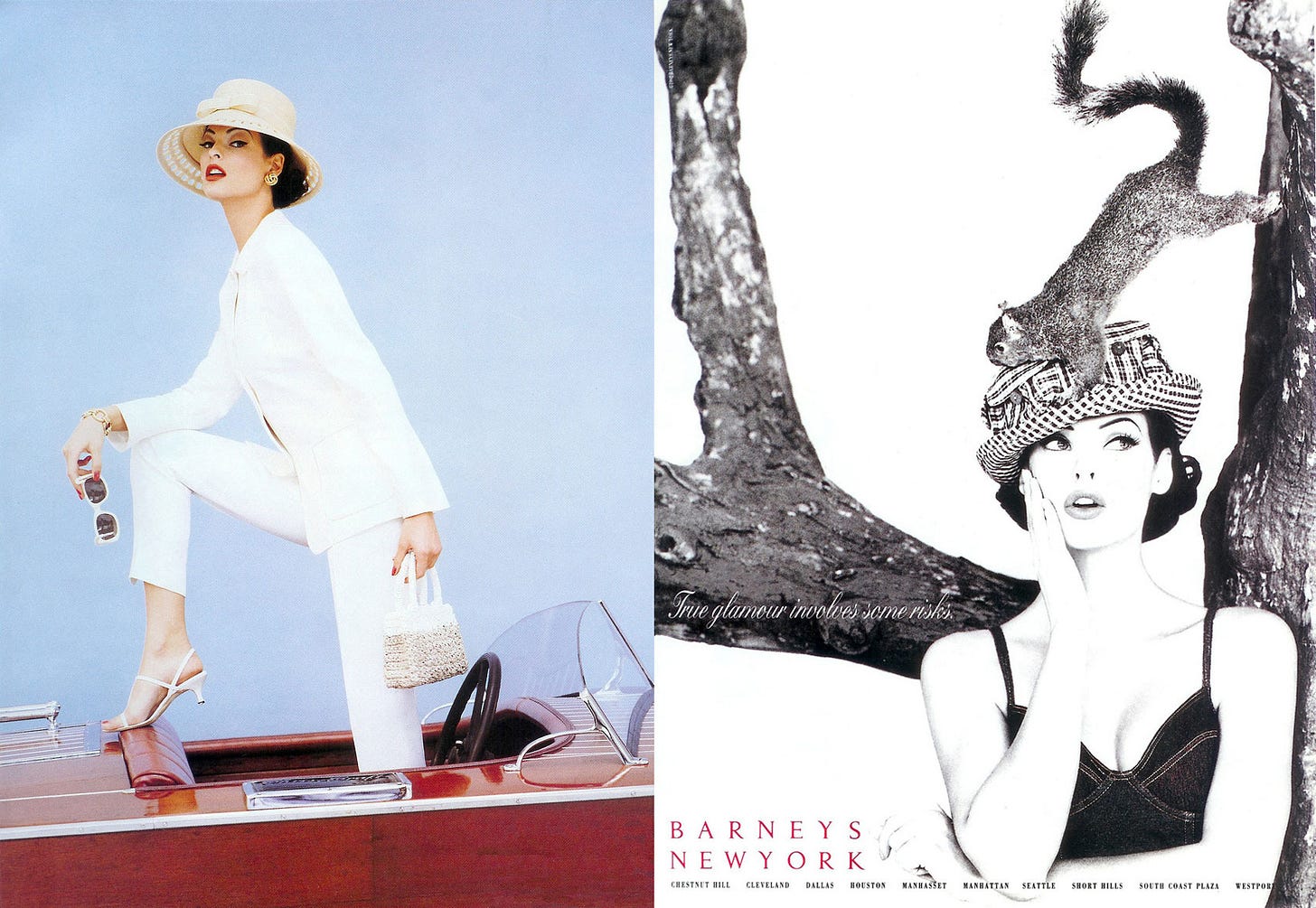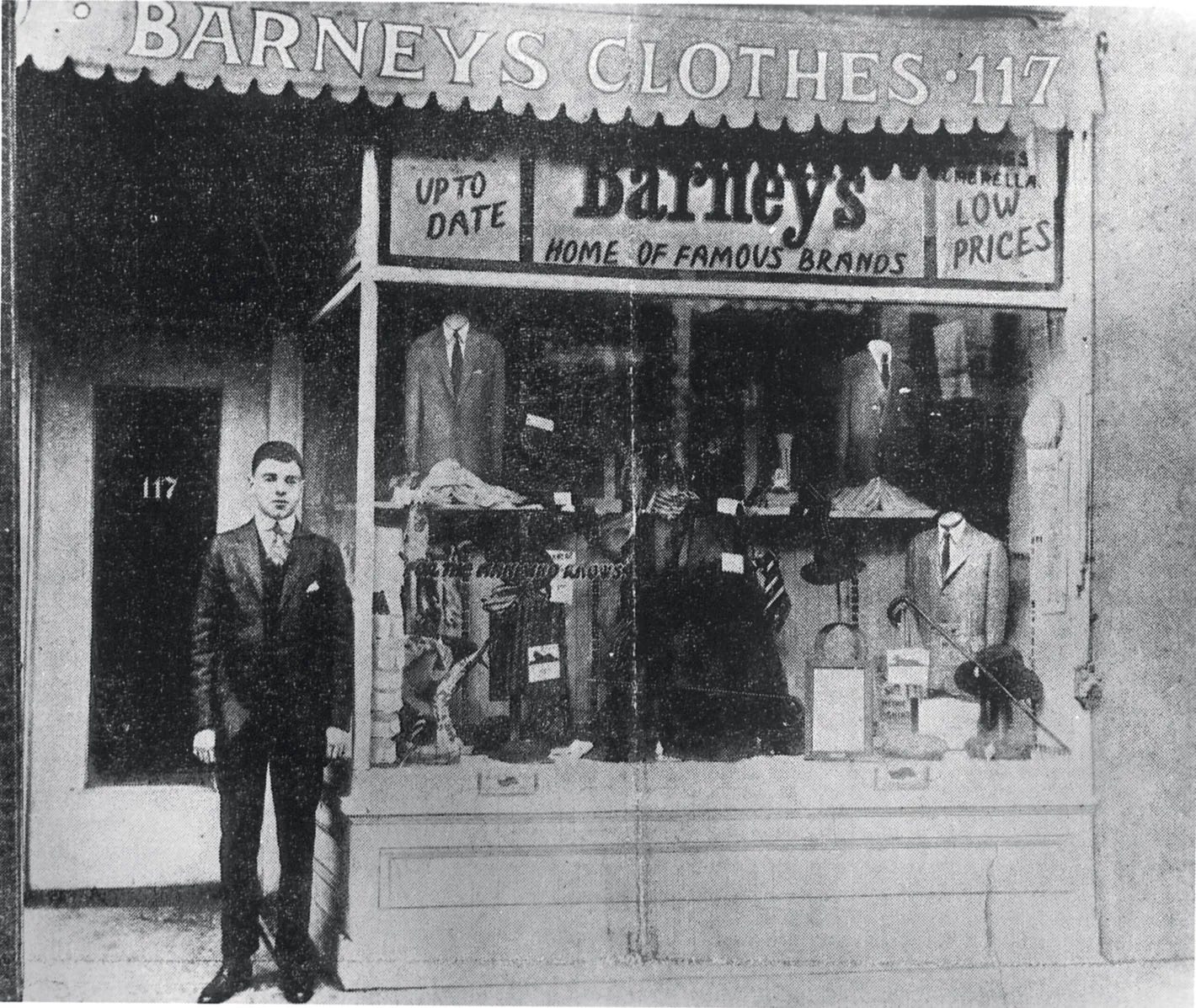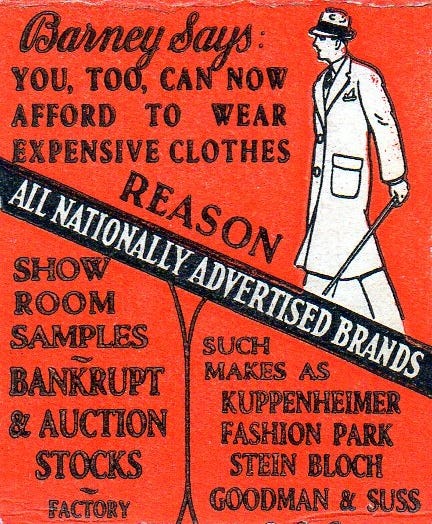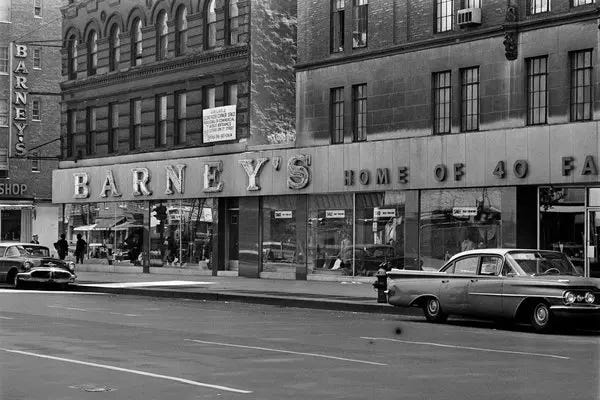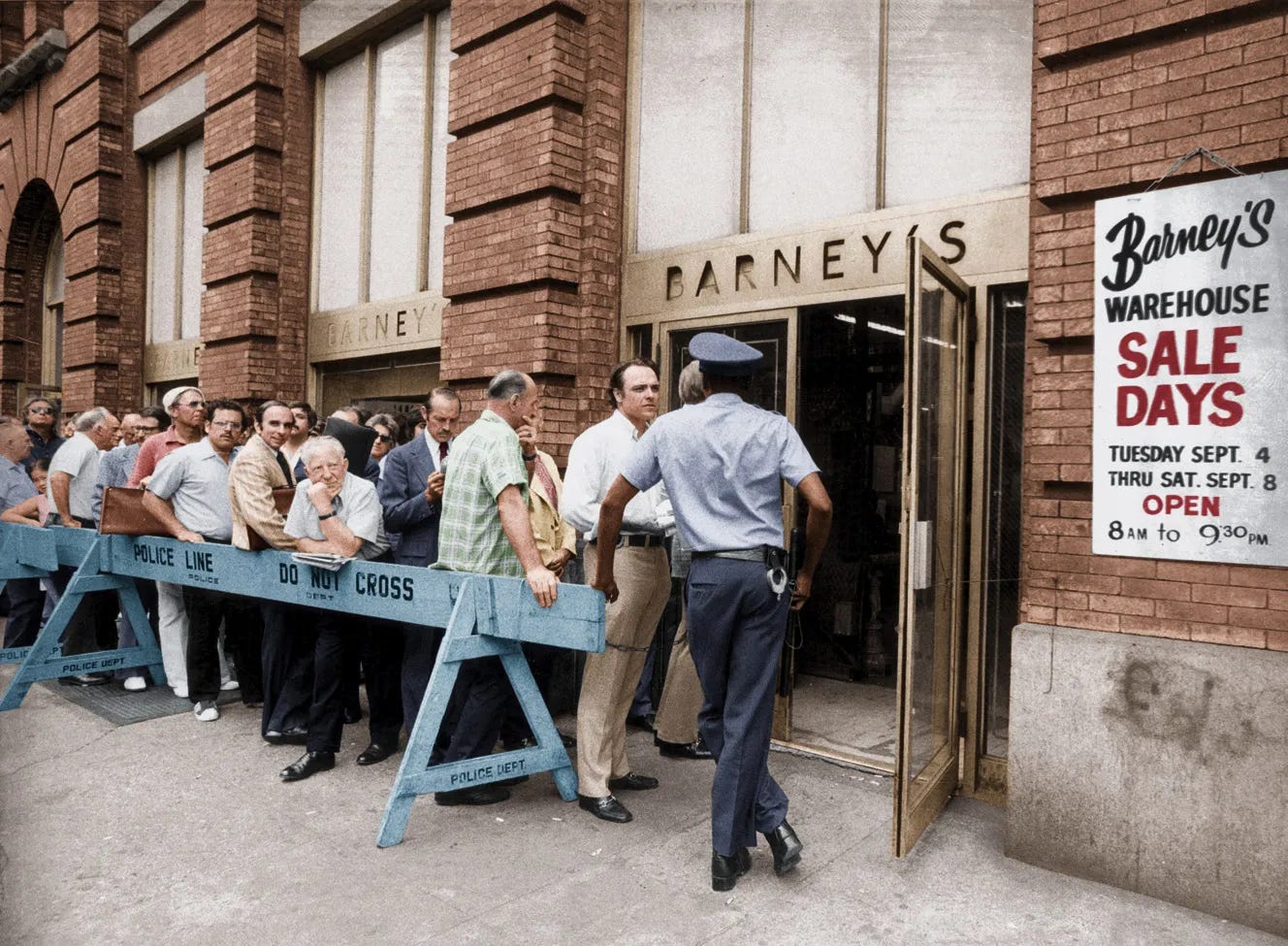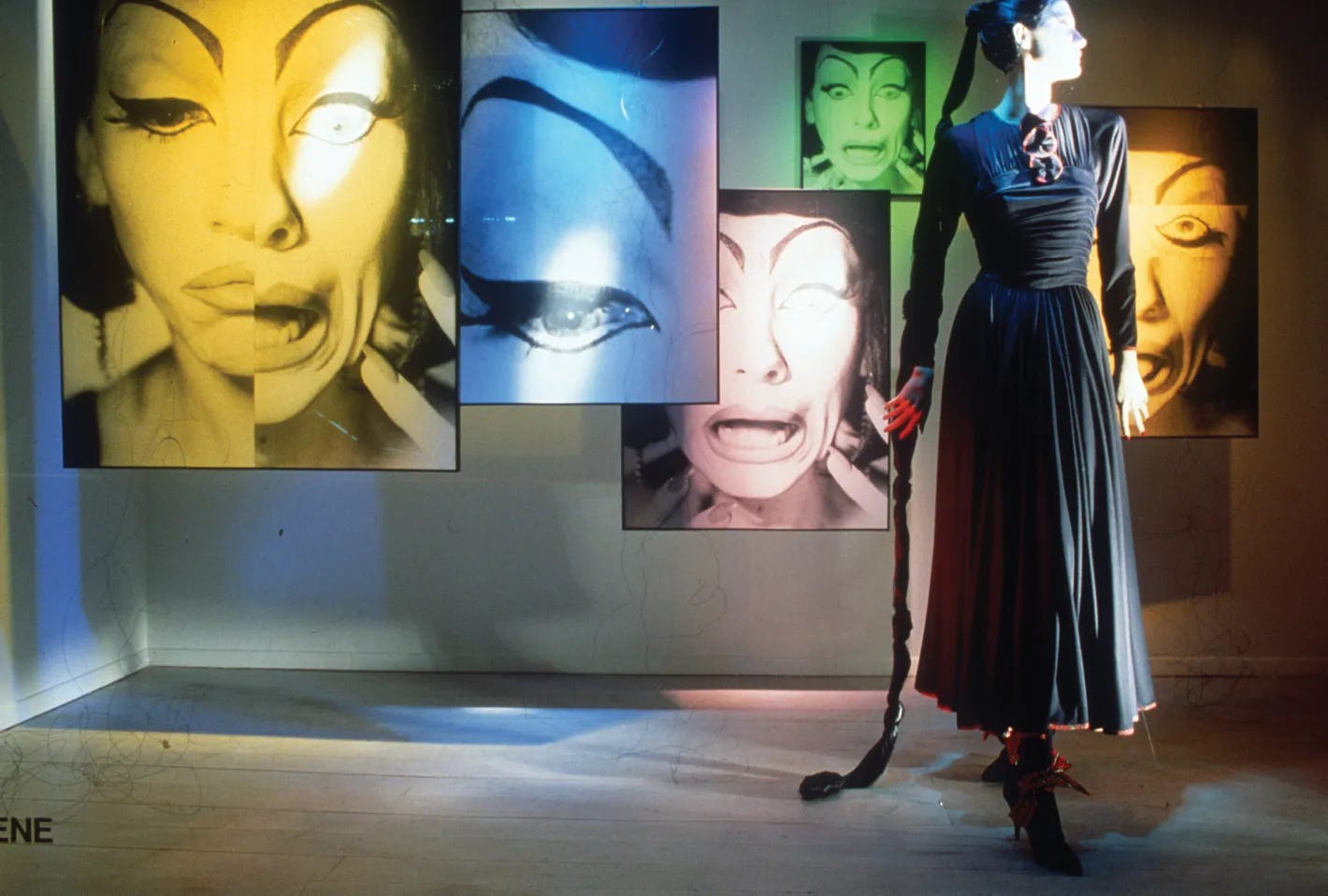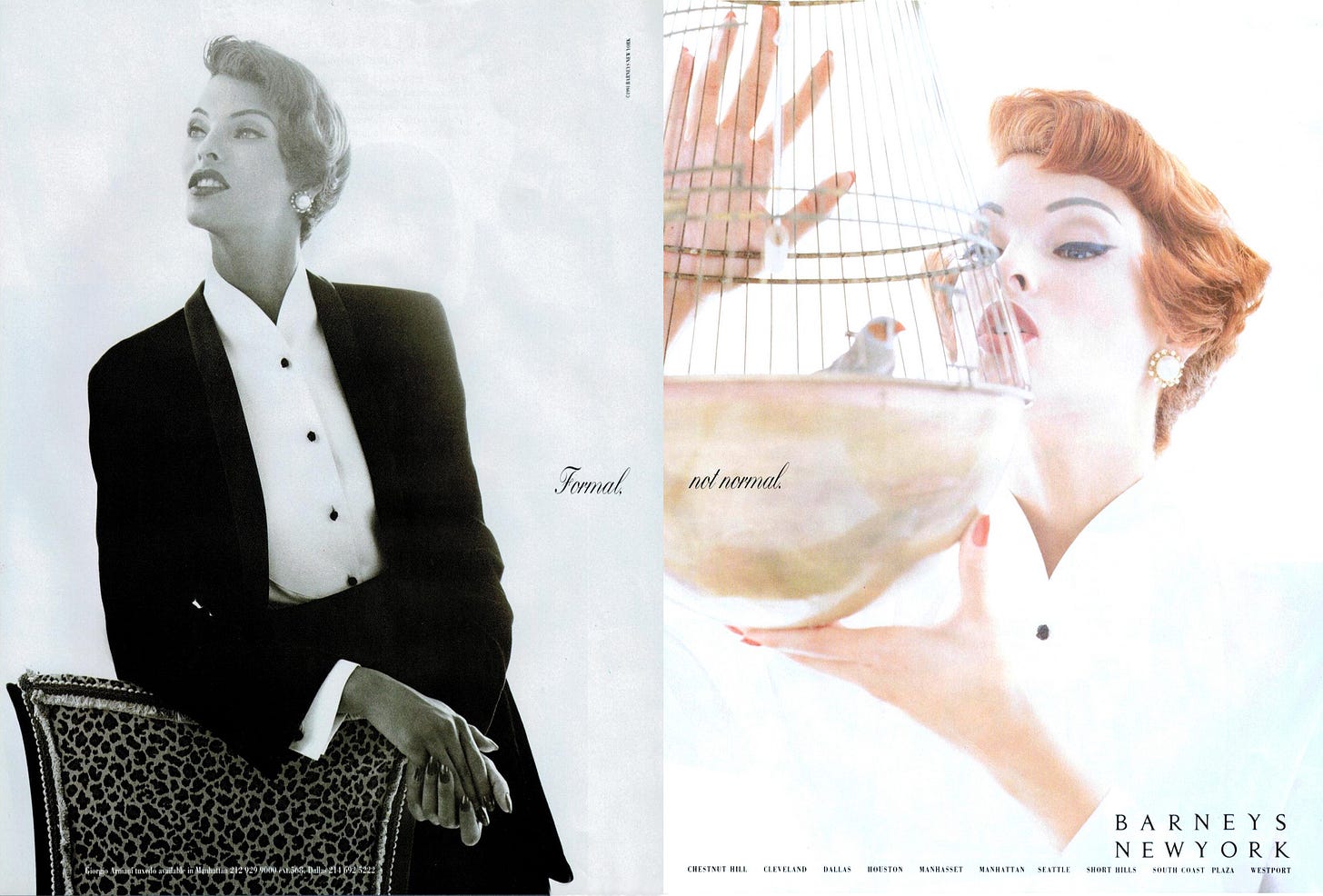In a pre-internet world, there were few places for the average shopper to discover new brands and lesser-known designers. Without TikTok recommendations and Pinterest boards, savvy shoppers turned to in-the-know friends, scoured fashion magazines, and shopped independent boutiques. And pretty much everyone else? They went to their local department store.
Department stores held enormous influence over the American shopping landscape in the 20th century, driving trends and consumer habits through sprawling retail experiences that went far beyond the sales floor. Though the department store’s power over the industry has faded, it’s hard to overstate the impact they had on vintage fashion and the globalization of retail. And when it came to introducing emerging luxury brands to the American market, few were doing it like Barneys.
Many of today’s most iconic designer labels were first brought to US shoppers through Barneys. The retail chain introduced American consumers to names like Comme des Garçons, Alaïa, and Louboutin, no international flight required. Though Barneys’ legacy will forever live on through the glamorous nostalgia of cameos in Sex and the City and Gossip Girl, Barney himself had very different plans 101 years ago.
The Early Days: 1920’s-50’s
The year is 1923, and Barney Pressman is pawning his wife’s engagement ring - at her behest. He needs $500 to secure a retail space on Seventh Avenue for his new discount clothing store, and the jewel is his ticket.
With the ring sold and the deposit paid, Barney’s Clothes opens in Chelsea. The 500-square-foot space was stocked with menswear hung beneath a huge sign that famously read “No Bunk, No Junk, No Imitations.” Pressman was able to source off-price inventory through bankruptcy sales, retail overstock, showroom samples - anywhere good clothing was being let go for cheap. He even kept an eye out for newspaper announcements for divorce and death among the city’s elite to anticipate estate sales. In fact, many of Pressman’s early sourcing techniques may sound pretty familiar to modern-day vintage dealers.
At the time, the downtown location was considered an inconvenient and out-of-the-way place to shop. But when it came to marketing, Pressman was good. He began attracting customers by offering free alternations and parking, and by the 1930’s, the store was widely known for its catchy radio advertising. Women were hired to stand outside of beer halls wearing barrels, handing out matchbooks with the store’s name and address to curious passerby. According to legend, he even chartered a boat to take 2,000 of his customers from Manhattan to Coney Island.
The shop was a success, becoming so popular that it sold more suits than any single store in the world by the 1950’s. Barney’s Clothing employed 150 tailors, and was beloved for its well-priced suiting and excellent customer service.
But despite their booming business, Barney’s still had a certain reputation as an off-price retailer. Pressman’s son Fred later told the New York Times: "The customers would ask him very politely and very discreetly to take the Barneys label out. They wanted to tell their friends they bought the suits at Saks."
Passing the Baton: 1960’s-70’s
Several decades into business, the Fred finally convinced his father (begrudgingly) that it was time for a change. The younger Pressman wanted to move away from discount apparel, upgrading the store’s selection and appealing to a more luxury clientele. Though Barney stayed involved until his retirement in the 70’s, Fred took over operations as he began the shift to becoming one of the world’s most well-known designer retailers. The shop’s selection went up in both quality and price, though Fred stayed true to his father’s principles and continued to offer free alterations.
In 1970, the space began to take on the shape that we recognize today. A fifth story was built atop the store, along with a five story addition called the “International House.” The original store was now called “The America House,” and the expansion served to showcase the complete collections of European designers that would be rare to find on any other American sales floor.
The new Barney’s was over 100,000 square feet, taking up the entire block of Seventh Avenue. By 1973, the shop stocked over 600,000 suits. Three years later, Barney’s signed a deal with Giorgio Armani, making it the first American retailer to stock the Italian designer’s full line. Armani would go on to play a pivotal role in shaping American fashion, revolutionizing celebrity styling in the 1980’s. By 1990, Women’s Wear Daily coined the Oscars “The Armani Awards” because so many stars hit the red carpet in Giorgio’s designs.


In 1976, Barney’s finally began selling womenswear. Cosmetics, home goods, and a gift department soon followed. In 1977, the in-store restaurant was renamed The Cafe, offering salads and Perrier that were a marked departure from the roast beef sandwiches of Barney’s discount days. Barneys was officially a one stop shop, with everything you could need all under one roof.

From Barney’s to Barneys: 1980’s-1990’s
In 1981, the store officially dropped the apostrophe from its name, completing its transformation into the retailer we know today. The company hired famed graphic designer Ivan Chermayeff to create a sleek, simple, new Barneys New York logo.
With a fresh new look and ever-expanding square footage, Barneys was growing at a rapid fire pace. The women’s department was doing so well that by 1986, Barneys spent $25 million to open a women’s store across the street from its Chelsea flagship. The store continued to showcase foreign designers - 80% of its women’s and 40% of its men’s apparel was imported, a notably high number during an era in which around 70% of clothing sold was still manufactured domestically.

After 70 years, Barneys finally said goodbye to their Seventh Avenue flagship. The new Barneys opened in 1993 on Madison Avenue and 61st Street, finally planting the retail giant in the middle of New York’s luxury shopping neighborhood. The enormous new location was the largest new store in the city since the Great Depression, setting the company back a cool $267 million. Shoppers flocked to the sprawling new store, and the iconic black shopping bag was seemingly inescapable.
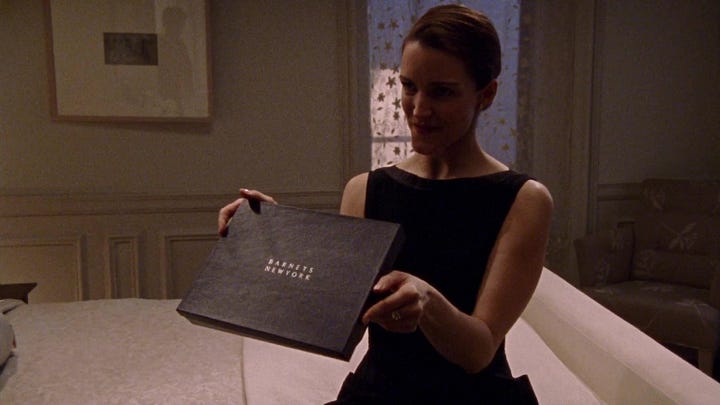


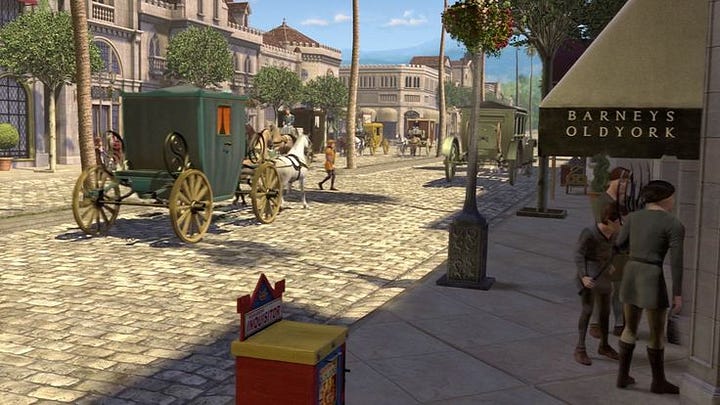




Unbeknownst to the Pressmans, the 90’s marked the beginning of the end. In 1989, Barneys formed a holding company with the Japanese luxury department store Isetan, which included massive expansion plans. Barneys began operations in Japan, at the same time opening up locations throughout the United States. Barneys New York was now available in Tokyo, Chicago, and Beverly Hills, with more locations poised to open in quick succession.
The End of an Era: 2000’s
The new millennium brought on a perfect storm of trouble. Barneys had declared bankruptcy in 1996 following numerous issues in their dealings with Isetan. The Pressman family sold their remaining 2% ownership in 2004. The recession hit just as online shopping really started to hit its stride, and business was looking grim for any brick-and-mortar with such a huge footprint. By 2009, US sales of high-end goods fell by 14%, and the all-in-one retail concept of department stores was falling out of favor with younger shoppers.
Barney’s clawed their way through the 2010’s, eventually moving back to their original Seventh Avenue flagship store in 2016. The new (old) location only stayed open for a few years. The company once again declared bankruptcy in 2019 and largely stepped away from their solo in-person retail ventures. Barneys currently exists in a few different iterations, though their current offerings are barely a shadow of the brand’s grand history.
Barneys… But Not: 2024
This story comes full circle. As I hit publish, a collection of my very own vintage pieces are currently set up to sell this weekend inside of the original Barneys store on Seventh Avenue. I’m vending this weekend with my vintage brand, St. Evens, as part of Not A Normal Market. The iconic space has been repurposed to house over 200 incredible sellers, offering everything from handmade goods to vintage apparel. I’m always thrilled for the opportunity to sling vintage in person, but I’m more excited than usual to set up shop in such a storied space.




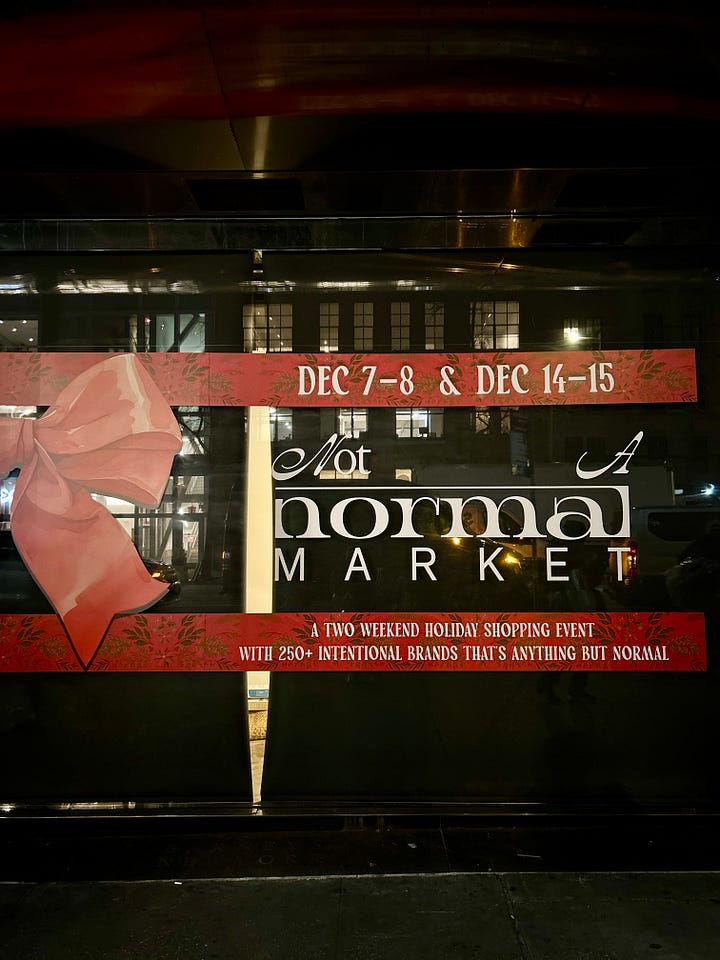
I’ve curated a particularly delightful holiday collection to share with you all this weekend, and I hope to see you there! This is a ticketed event that just sold out today, but keep an eye on the market’s Instagram account for updates on any additional ticket availablity. As a thank you for being here and supporting my writing, I’d like to offer a special discount to any of my Substack subscribers! Just say hi and let me know that you read 1-800-VINTAGE :) You can find me in Booth 78, just up the spiral staircase. See you at Barneys!
Sources
Behind Barneys’ Cutting-Edge Return to Its Old Neighborhood by David Kamp for Vanity Fair
Barneys Started With an Engagement Ring by Lena Rawley for The Cut
Barney Pressman, Retailing Legend, Is Dead at 96 by Stephanie Strom for the New York Times
Barneys New York Through the Years, From the 1980s to Today by Ella Chockrek for Footwear News
The Rise and Fall of Barneys by Cameron Tewson for Front Row Edit
A Look Back at the Celebrity Shopping Mecca That Was Barneys New York by Rachel Tashjian for GQ


